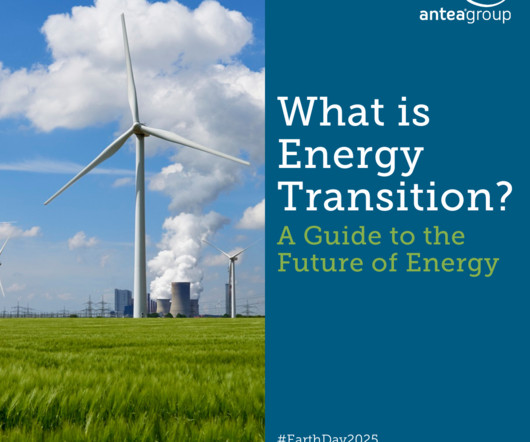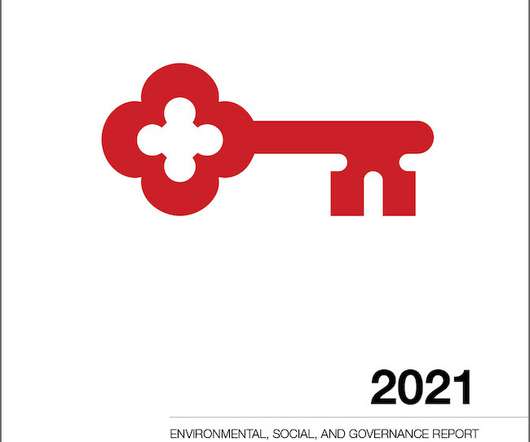What Is Energy Transition? A Guide to the Future of Energy
3BL Media
APRIL 22, 2025
Key Drivers of the Energy Transition The energy transition is driven by several significant factors, including the critical need to combat climate change and the economic benefits of renewable energy sources. Combatting climate change Reducing carbon emissions is at the core of energy transition efforts.













Let's personalize your content